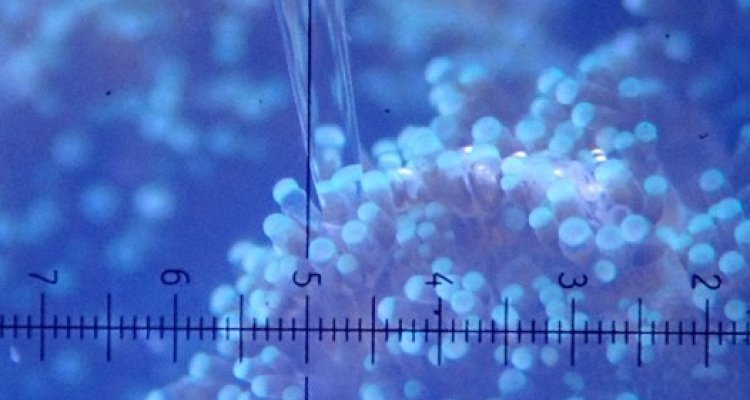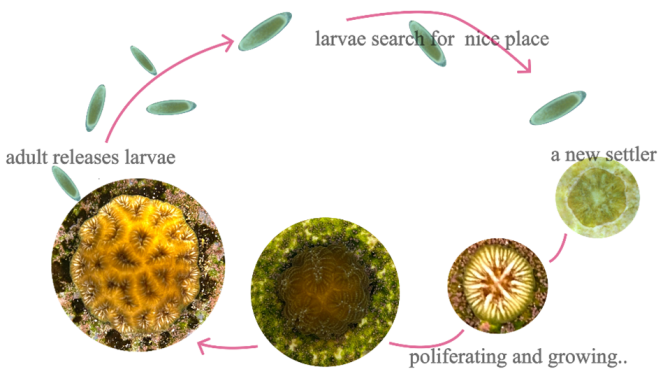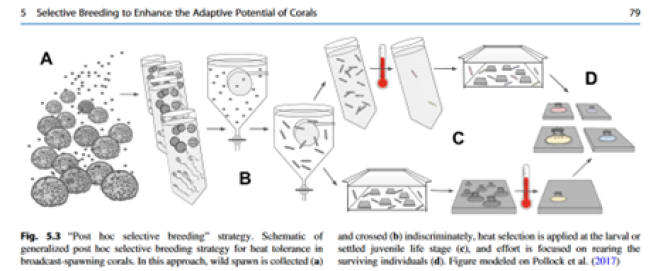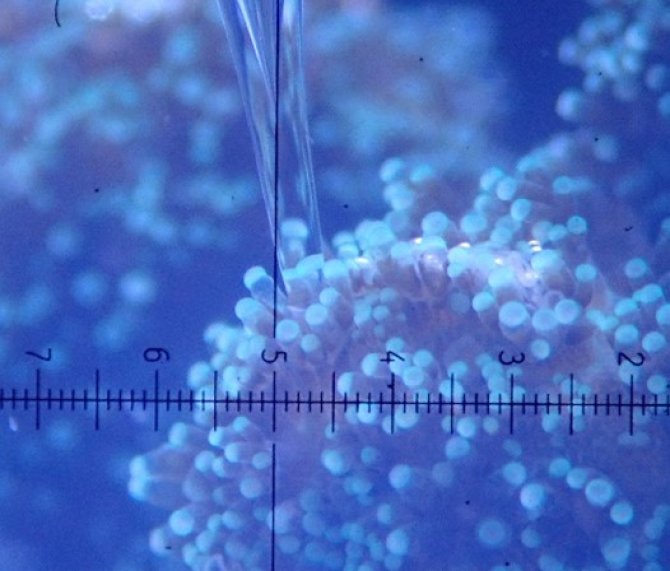
Project
Developing a selective breeding program for thermo-resilient coral restoration
Motivation:
The need to protect and restore coral reefs has never been more urgent than it is today, as average sea surface temperatures continue to rise due to global climate change. Increased sea surface temperatures compromise coral health and there is a concern that natural evolution in response to the unprecedented acuteness of current climate change is just not fast enough for most coral species: corals may die out faster than being able to genetically adapt. Current climate models predict that further warming will occur, and even if we can keep warming at 1.5°C above preindustrial temperatures, up to 90% of the world’s corals could be lost. The realization that climate change may nullify the effects of our current coral reef restoration efforts has prompted several researchers to explore avenues to obtain heat resistant corals for restoration purposes. This has been coined as “assisted evolution”; a concept to speed up the natural processes of evolution by selecting individuals that display heat resistant traits, and to use these corals for future heat tolerant brood stock to enhance restoration initiatives.
Aim & objectives/research questions
The understanding of the mechanisms behind potential thermal tolerance is very limited and as to date, all breeding experiments have been restricted to a single generation of breeding. As a consequence, there are not yet any tools to enable large-scale multi-species restoration actions. My project aims to boost the development of a selective breeding program for thermo-resilient coral restoration based on better understanding and enhancing the process of developing higher thermal resilience among new coral recruits through heat selection. In other words, we aim to produce super corals.
We propose the Caribbean Golf ball coral, as a model species because it reaches
sexual maturity relatively quickly (~8-10 months) compared to most other coral
species (several years). Within the duration of the project, this allows
for multiple generations of selective breeding tools applied to corals at
varying life stages, to select for genetic and/or epigenetic functions of
thermal resilience.
Methodology
At the laboratories of WUR we are able to raise the Golf ball coral, Favia fragum, at all the life stages of the coral, from larvae, to settlers, juveniles and adults. This allows us to test and optimize selective breeding methods. We are currently targeting and subjecting early life stages (larvae and settlers) to heat wave representing conditions for natural thermal bleaching to select for heat-resistant ones; an example schematic is below using broad-casting corals. However, the Golf ball coral is a brooding species, which means the larvae is fertilized inside the coral, and is released fully competent with it’s endosymbiotic algae.
In collaboration with Animal Breeding and Genomics group, we will integrate a functional genomics approach to try identify (epi)genetic markers for heat resilience. One of the most promising applications for developing resilient coral broodstock is the development of biomarkers for thermal tolerance that are both diagnostic and predictive, therefore we will use the opportunity to search for these markers during our project.
Concurrently, we are also using microelectrodes to investigate the underlying mechanisms that cause coral bleaching. More information can be find here: The use of microsensors in coral bleaching research - WUR).
Microelectrodes are tiny (~10-20 um diameter) glass sensors that can be gently placed on the surface of the coral polyp, and are minimally invasive to the coral. These sensors are designed to measure chemicals that react on the tip’s surface. This reaction happens quickly (<1s) and allows us to measure molecules related to bleaching, like hydrogen peroxide (H2O2), in real time. This method gives us the opportunity to bridge the gap between the chemical and the behavioral ecology of corals.
Recent findings using microelectrodes have challenged the oxidative stress theory as the main cause for coral bleaching (Schlotheube et al, 2024; Ousley et al., 2022). We are very curious about the mechanisms which cause corals to lose their symbionts, therefore we are currently designing more experiments where we will apply microelectrodes in attempts to answer these questions.


